Can I Install a 10kW Solar System on Single Phase? – The 2023 Gen24 Update!
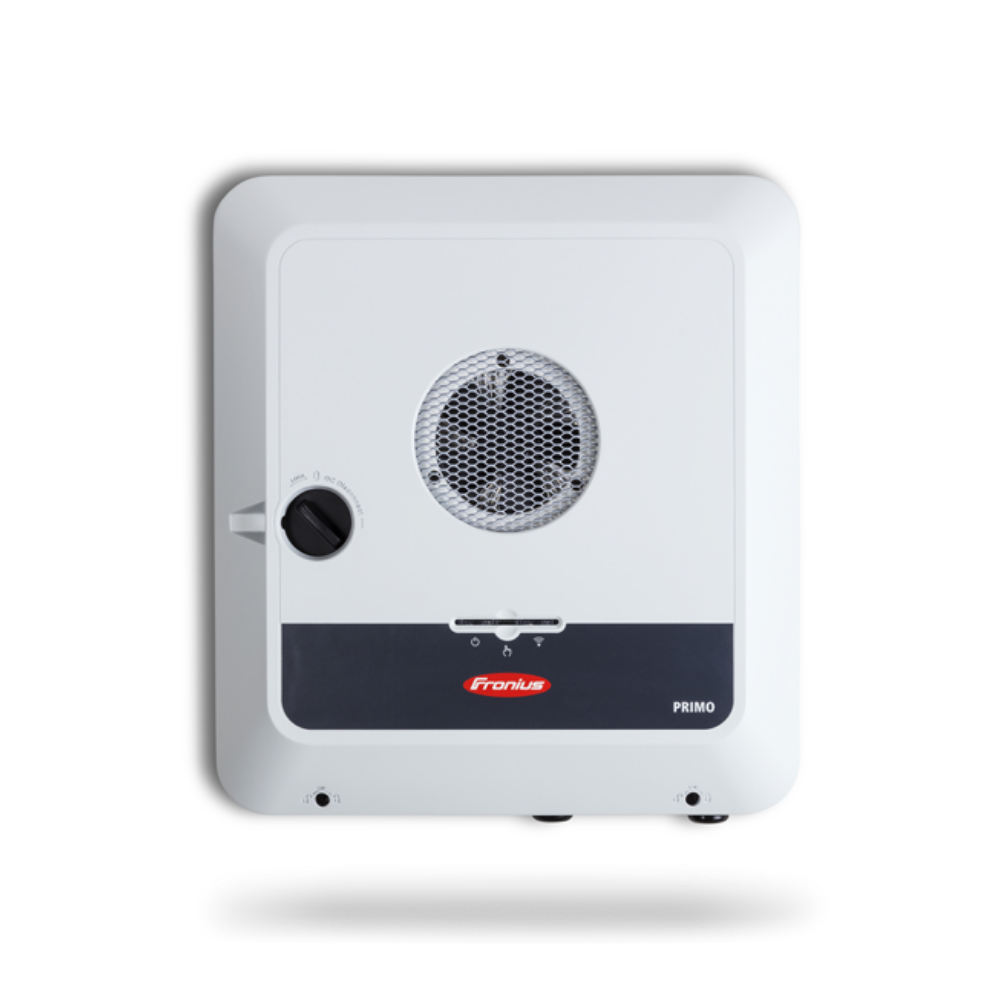
The maximum residential solar system size allowed here in Brisbane used to be 5kW of inverter capacity per phase. Since the majority of households are single or three phase, that meant the largest you could install was 5kW solar systems, and 15kW solar systems respectively. It does appear single phase households get the short straw, as currently due to high feed-in tariffs and the reducing cost of solar, larger solar systems actually save you more money in both the short and long term. However, the rules have changed. Now, according to Energex, we can install a 10kW solar system on a single phase premises:

So, post over. You can install a 10kW solar system on single phase, and this should now be the norm for single phase, right?
Well, not exactly. The line, “Export Shall be limited to 5kVA or less,” is worth understanding to see if a large system is right for you.
What is “Export Limiting?”
The concept is simple. Energex will approve your solar connection, as long as you ensure no more than a set amount of power is sent back to the grid at any one time. Before these connection standard changes, if you wanted an inverter larger than 5kW, you needed to upgrade to 3 phase. This can be quite an expensive upgrade and could be comprised of trenching, traffic control, Energex fees, electrician fees, etc. In some circumstances, it just isn’t financially viable. You were better off installing a 5kW solar system, just having it cover what it could. So now, for high usage single-phase households, there is an alternative option – keeping your connection as single-phase, but installing up to a 10kW solar system with export limitation. The far more financially viable option. If you read into Mark’s previous blog that debunked Goldilocks solar and showed the benefits of going as big as possible, you may also be thinking 10kW inverter capacity should be the norm for a single phase. However, because we’re required to export limit the site, we have to ensure the household benefits from it.
How Does it Look?
I always like a visual explanation, and I will find any excuse to post an image of a graph. Below is the solar production of a household limited to 5kW exportation, with a Fronius 8.2kW inverter and 10.2kW worth of panels. The green filled-in portion is what is being sent back to the grid, while the grey filled-in section is what’s being consumed by the household. In this export limited scenario, the green portion can never exceed 5kW.
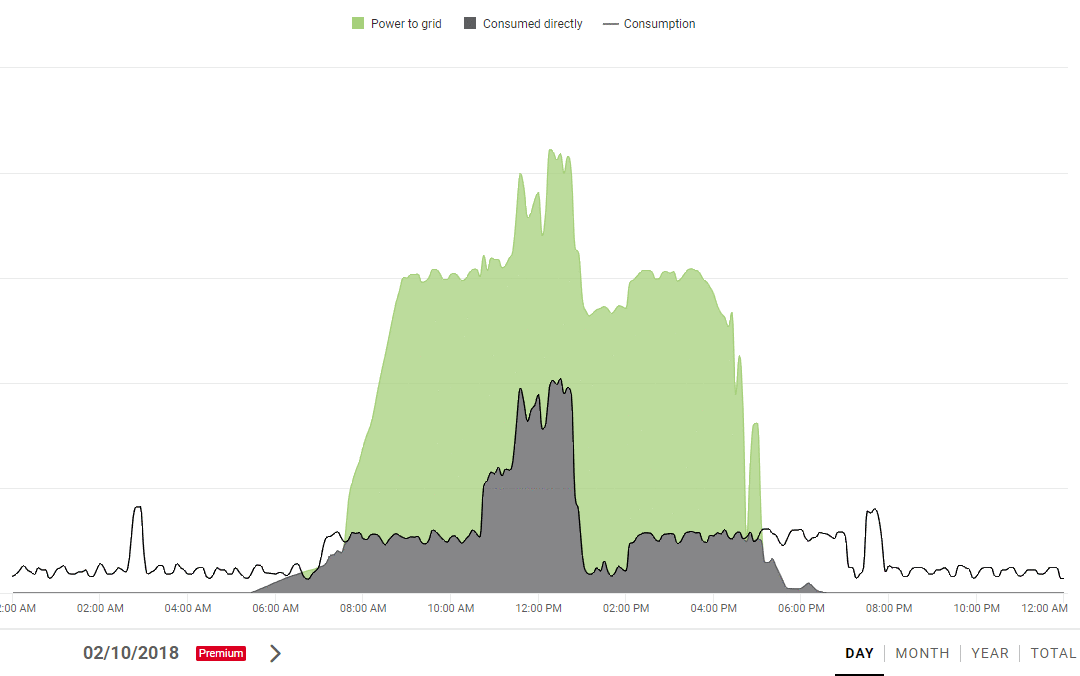
As you can see I’ve also filled in the potential missed production in a darker green colour. This is an estimate as to what the system could have produced, and therefore sent back to the grid, but was unable to do so due to the 5kW exportation limit.
However, if the base load was increased, the system would be able to reach its full potential, and nothing would be “wasted.” Below is an example of what the production graph might look like with a higher base load.

You can see that by increasing the base load of the house, there is no “wasted” production as export limitation doesn’t need to occur. This is good practice for installing a larger than 5kW solar system on single phase.
New Fronius Gen24 Battery Ready Inverters – 2023 Update
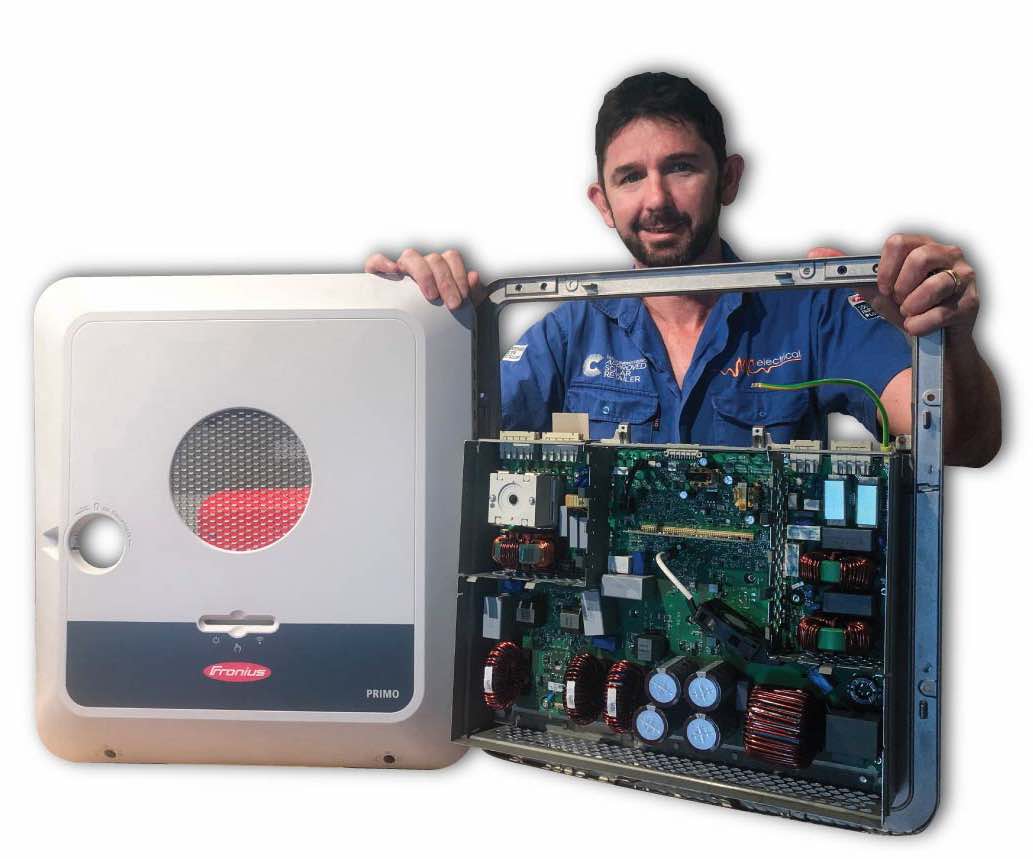
As of this year, Fronius have improved their Gen24 range from 5kW and 6kW sizes, to the meaty 8kW and 10kW sizes. Previously, if you wanted to capitalise on these larger export limited systems, you’d have to forgo the new Gen24 Inverter and install the oldschool 8.2kW Primo instead. Or, the maximum sizing you could install would be 6kW – not that impressive these days. With the launch of the 8 and 10kW Gen24 Inverters, you can get an extremely large single phase sizing, while also being prepared for DC ready batteries. This is a massive development for Fronius, and a really good solution for all single phase households. We are seeing a high demand for the 8kW unit in particular, as the capacity it allows means the required panels fit on most roofs without breaking the bank. Or you could just go all out and go for a 10kW Gen24 connected with 13.2kW of panels – a truly impressive sizing previously reserved for three phase households. This sizing would potentially have a large amount of export limiting, so it’s important you have a way to really use that power in the day time so as it’s not wasted.
Have I missed the boat if I already have a 5kW Solar System Installed?

If you already have an existing solar system in place, and more roof space available, we can simply install an additional Fronius Inverter alongside it. As long as the new total inverter capacity does not exceed 10kW, it also doesn’t matter what type of inverter you currently have. However, we would need to install a Fronius Smart Meter to control the Export Limitation, and the consumption data would unfortunately not report properly. But, if your existing inverter is a Fronius Primo, we can simply link both data loggers, enabling you to also have full consumption data of both inverters on the one monitoring portal. You can also utilise your existing smart meter if you had one on your original install.
So, if you’re finding you have large daytime usage and more roof space to play with, it may be worth giving us a call to discuss your options to see if and how you can achieve a 10kW solar system. With the launch of the new battery ready Gen24 ranges, it’s actually a very good time to get a 2 for 1 on your system upgrade. A new system would allow for a larger capacity and therefore larger savings, but it would also now be battery ready.
10kW Solar System Size Restrictions with Batteries
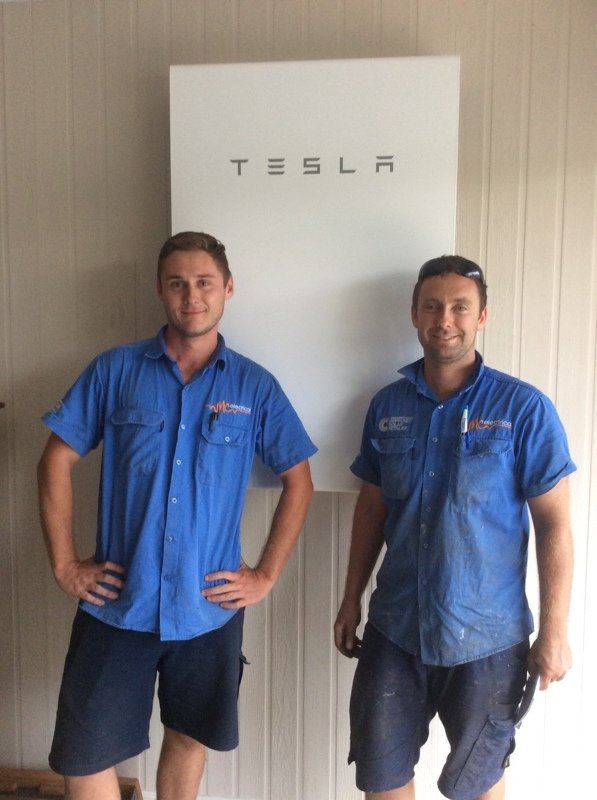
If you wanted to install larger than 5kW of inverter capacity on single phase to help cover your high base load, you could not install a Tesla Powerwall or any other AC battery that pushes your total inverter capacity above 10kW without entering a dynamic export agreement. This is a topic in of itself, but essentially instead of a 5kW export limit, Energex will allow a range of 1.5kW to 10kW export as they deem fit. . Since the Powerwalls’ AC to DC inverter has a 5kW output, anything larger than a 5kW Solar inverter pushes us above the 10kW Energex limitation. You could install DC batteries just fine, and this is why a Fronius Gen24 expansion may be the better option. Furthermore, if you require a system larger than 5kW to meet your household requirements, you’re not going to find enough excess generation to charge an AC battery anyway, so the point is somewhat moot.
Reviving the Fronius Relay
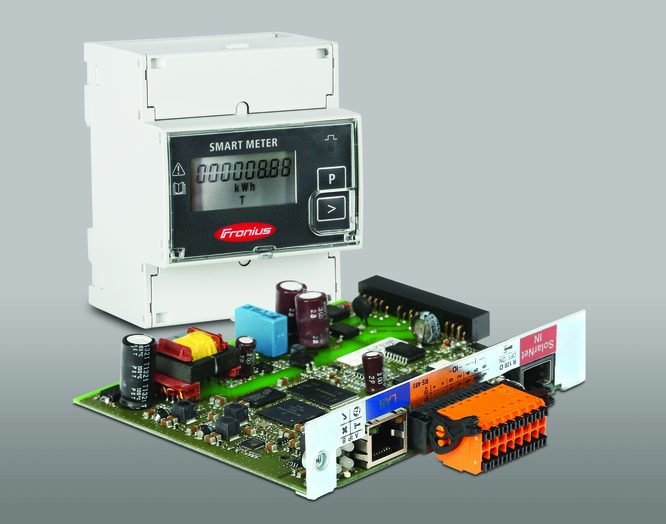
If you want to take advantage of a bigger system on single phase, but don’t have the base load to justify it, and have an off-peak electric hot water system, then it’s a good case to revive my previously declared dead, Fronius Relay. The general concept of the post was; exporting power is a more valuable solution than heating a hot water unit, due to increased feed-in tariffs. But since the anticipated base load is not high enough, you may run into this “wasted” generation. This means the production diverted to the hot water unit via the use of a Fronius relay would have been unable to be exported anyway, so the calculation changes. This is a prime revival case for the Fronius hot water relay, but as the discussion is a bit more in-depth it’s best to read the blog first to understand it better.
Conclusion
Through the use of export limiting, single-phase households can now install a 10kW solar system. However, it’s important to understand the effects of export limitation, and whether it’s a good solution for your particular circumstances. Having additional intelligently timed loads, or excessive daytime usage will minimise, or even eliminate the “wasted” power export limitation incurs. If you have an electric hot water system, it’s also a good revival case for the Fronius Hot Water Relay. If done correctly, larger single-phase systems through the use of Export Limitation can be a great, cost-effective alternative compared to upgrading to three-phase.
As of 2023, you now have the option of true battery ready Fronius Gen24 Inverters, in sizes that really capitilise on a large single phase export limited system. You can either expand your existing system with our 5 or 6kW units, or if you’re installing solar for the first time, go all out with a new 8kW or 10kW Gen24 Inverter and a system size to suit. As always, we’re always happy to have a chat to go through the options.

Ben Neville
Sales Designer/Estimator
MC Electrical


5 Responses
Gday… Good information on your website on 10kW systems (2 x 5kW). Thx for that. Im based in WA and wnat to go 100% solar and battery on my farm house up the north coast from Perth. Already have a 5.2kW solar panels and Fronier Inverter. So thanks again and that has given some food for thought. The Fronier Filter is what I would need if I decide to keep the mains power connected… Regards
Hi Alex, there is now a solution without a battery! I call it Batteryless backup. Check out my Fronius Gen24 review https://mcelectrical.com.au/fronius-gen24-review/.
Hi Mark, Love the blog. We have a 11kw solar array and a 10kw 3-phase inverter. It is not uncommon for us to have black outs but our 3-phase inverter needs grid power to work. What is the best solution for us to be able to utilise the solar during a grid outage? Would it be possible to install a 5kw single phase inverter to the existing solar with a manual change over switch to use during outages? Any help would be great. Cheers, Alex
Hi Greg. It might be worth reading our oversizing blog. The CEC limits inverter oversizing to 1.33 or 33% oversizing, this means a 5kW inverter can only have 6.6kW of panels on it. https://mcelectrical.com.au/oversizing-solar-panels-on-an-inverter/
Hi Mark What a great article. You may be able to help me with the following. Would it be OK to have just one 5kW inverter with the 10kW panels or would it be a waste of money? Therefore better off with the 8.2kW???? Thanks Greg